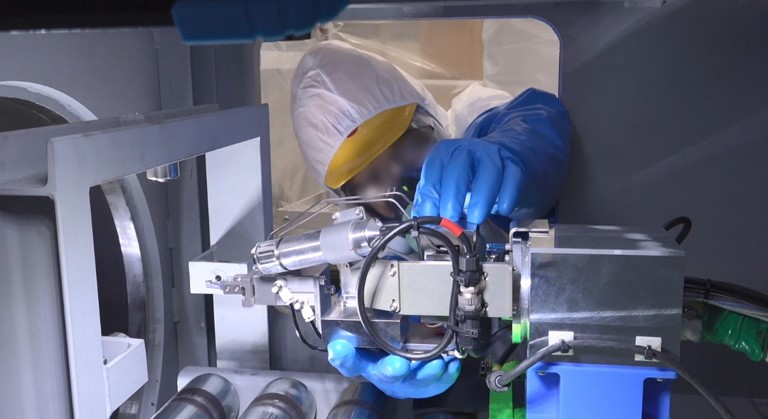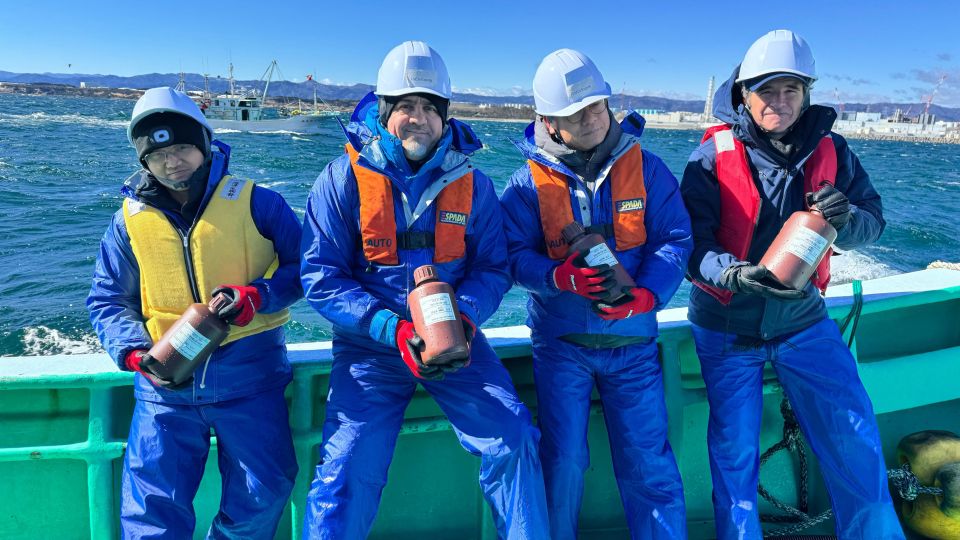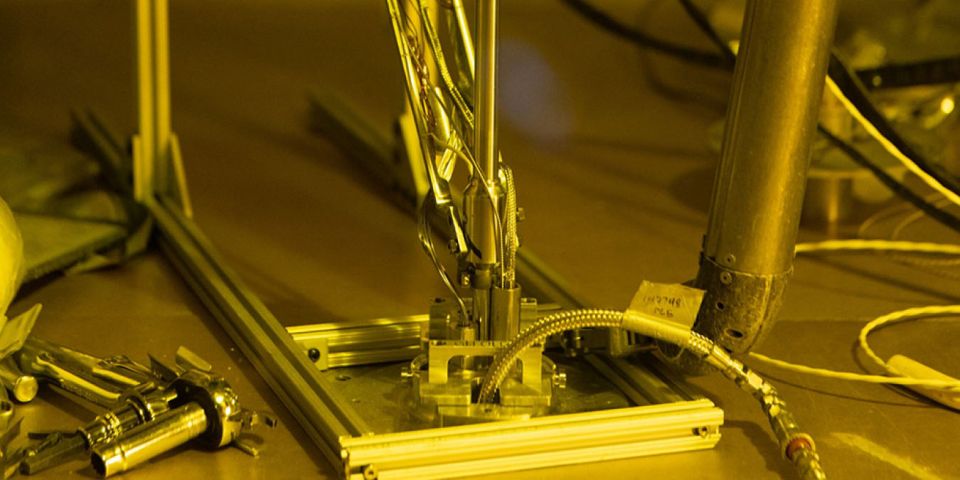Release of Fukushima’s treated water going as planned, IAEA says

An International Atomic Energy Agency task force has confirmed that the discharge of treated water from Japan's Fukushima Daiichi nuclear power plant is progressing in accordance with the plan approved by Japan’s Nuclear Regulation Authority.
The IAEA announced on April 29 that the task force completed its second four-day mission to Japan since Tokyo Electric Power Company began releasing water in August 2023. The visits were to assess whether the approach taken by TEPCO and the government of Japan to discharge the treated water is consistent with international safety standards.
Water recovered from the damaged Fukushima plant has been treated to remove radionuclides other than tritium using the Advanced Liquid Processing System (ALPS). An IAEA report issued in July 2023 found Japan’s plan for handling the treated water to be consistent with international safety standards and that the release as planned would have a negligible radiological impact to people and the environment.
Batch #5: On April 19, TEPCO began discharging the fifth batch of diluted ALPS-treated water. The IAEA’s independent on-site analysis confirmed that the tritium concentration of the released water was far below the operational limit of 1,500 becquerels per liter (Bq/L).
According to the IAEA, the previous four batches—a total of 31,145 cubic meters of water—were also confirmed to have contained tritium concentrations far below operational limits.
As of the morning of April 30 Japan time, an online monitor website indicated discharge tritium concentrations of 281 Bq/L. The normal Japanese regulatory concentration limit for tritium discharge is 60,000 Bq/L, while the World Health Organization’s drinking water quality guidelines call for a maximum tritium concentration of 10,000 Bq/L.
The visit: During its four-day mission from April 23 to 26, the IAEA task force—composed of agency and international experts—visited facilities used for discharging the ALPS-treated water at Fukushima.
Accompanied by TEPCO staff, the task force observed the tanks holding the water prepared for discharge, the transfer pumps building driving the water through the discharge system, the emergency isolation valves, the seawater pipe header diluting the tritiated water with seawater, and the vertical shaft from where the diluted treated water travels to the sea. The task force also examined the radiation monitors and flow rate detectors feeding live data to the IAEA’s monitoring page.
“The task force reviewed the consistency of activities before and during the operation of the ALPS-treated water discharges with the relevant international safety standards,” said Gustavo Caruso, chair of the IAEA task force. “The independent and science-based work of the IAEA and the task force will continue throughout the process, as we are focused on the ongoing and long-term activities.”
Upcoming report: According to the IAEA, the main outcomes from this latest task force visit will be summarized in a report to be made publicly available later this year. The October 2023 report First Review Mission to Japan after the Start of ALPS Treated Water Discharge is available online.
The IAEA task force has conducted seven ALPS-related missions to Japan since February 2022.







